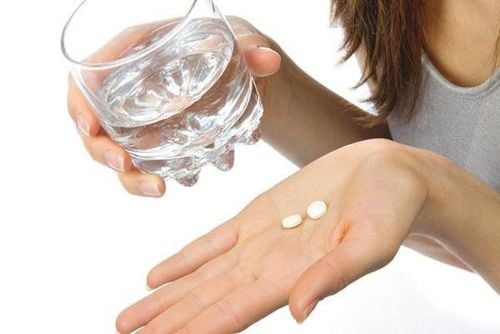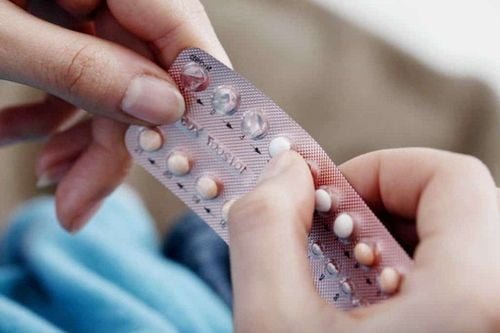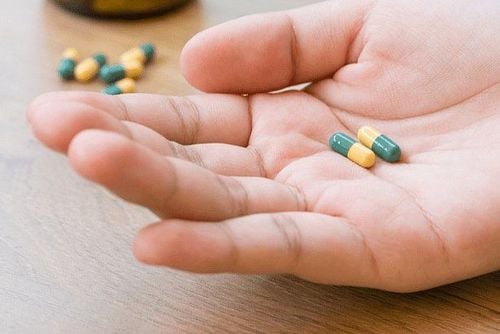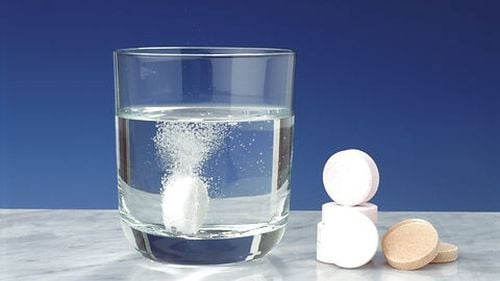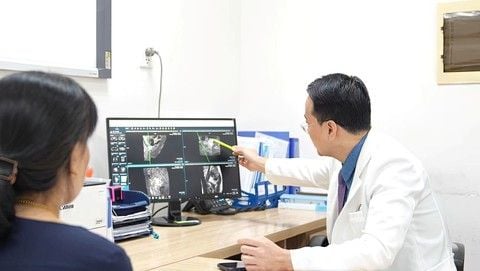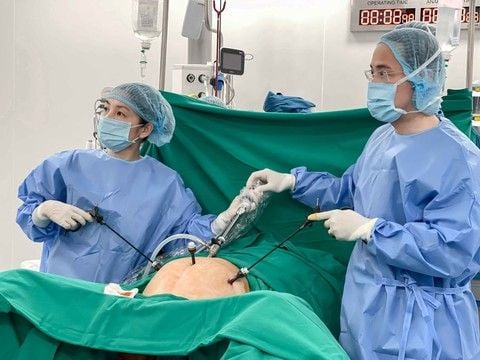Drate 70mg is a prescription medication indicated for the treatment of osteoporosis. However, not everyone is familiar with its uses, dosage, and precautions. In this article, we will explore its therapeutic uses, usage, and dosage of Drate 70mg in more detail.
1. What is Drate 70mg?
Drate 70mg is a non-steroidal anti-inflammatory drug (NSAID) used for the treatment of gout and bone diseases. It is formulated as uncoated tablets. The packaging is a rectangular box with a white background and black text, with the drug name printed in dark red.
The main ingredients of Drate 70mg include:
- Alendronic Acid;
- Lactose;
- Microcrystalline Cellulose;
- Povidone K-30;
- Croscarmellose Sodium;
- Magnesium Stearate;
Drate 70mg is packaged in a hard box. Each box contains one blister pack with four tablets, each containing 70mg of Alendronic Acid along with the appropriate excipients.
2. What are the therapeutic uses of Drate 70mg?
Drate 70mg contains Alendronate 70mg, an amino bisphosphate that specifically inhibits bone resorption. This ingredient selectively accumulates at active bone resorption sites, where it inhibits the activity of osteoclasts.
Drate 70mg significantly increases bone mass in areas such as the spine, femoral neck, and trochanter. Clinical studies have shown that using Drate 70mg in postmenopausal women aged 40-85 with osteoporosis significantly reduces vertebral fractures after three years of use. Bone mineral density also increases noticeably after three months of use.
Therefore, the primary use of Drate 70mg is to treat osteoporosis in postmenopausal women and to reduce the incidence of osteoporosis in elderly men.
3. Indications for Drate 70mg
Drate 70mg is commonly prescribed for the following cases:
- Elderly individuals;
- Postmenopausal women with osteoporosis;
- Men with osteoporosis;
As a prescription medication, Drate 70mg should be used with caution and only within the indicated guidelines to ensure safety. Additionally, doctors may prescribe Drate 70mg to other patients based on specific circumstances.
4. Dosage and usage of Drate 70mg
Drate 70mg should be taken with a large glass of water (180-240ml). It should be taken at least 30 minutes before breakfast, beverages, or other medications (if any).
Do not lie down for at least 30 minutes after taking Drate 70mg, as it may cause stomach and esophageal issues. It should not be taken before bedtime or immediately upon waking up.
The recommended dosage of Drate 70mg is one tablet per week. No dosage adjustment is necessary for elderly individuals or those with mild to moderate renal impairment. However, it should not be used in cases of severe renal impairment.
5. Who should not use Drate 70mg?
Drate 70mg should not be used in the following cases:
- Individuals with esophageal abnormalities;
- Those unable to sit or stand upright for at least 30 minutes;
- Individuals allergic or hypersensitive to any ingredient or excipient in Drate 70mg;
- Individuals with hypocalcemia;
- Those with a history of allergic reactions or anaphylaxis to other medications;
- Pregnant women;
- Individuals operating machinery or driving (as it may cause drowsiness and headaches)
The above-mentioned individuals should not use Drate 70mg.
6. Warnings and precautions when using Drate 70mg
Since Drate 70mg is a prescription medication, it should be used with caution. Here are some warnings and precautions from the manufacturer that you need to be aware of.
Some cases of using Alendronate have resulted in esophagitis, esophageal ulcers, and even bleeding. Therefore, be extremely vigilant for any clinical signs indicating a reaction in the esophagus while using this medication.
This risk is more common in individuals who lie down immediately after taking the medication or drink too little water when taking it.
Use caution when administering Drate 70mg to individuals with gastrointestinal diseases, as it may worsen their condition.
For individuals with hypocalcemia, symptoms should be treated before considering the use of Drate 70mg.
Osteonecrosis of the jaw, muscle pain, bone pain, and joint pain have also been reported in patients using bisphosphonates.
7. Drug interactions with Drate 70mg
Drate 70mg may interact with several other medications, including:
- Medications containing estrogen (female hormones);
- Calcium supplements and antacids;
- Pain relievers and anti-inflammatory drugs containing aspirin;
- Other non-steroidal anti-inflammatory drugs (NSAIDs);
It is important to inform your doctor about all medications you are currently taking or have recently taken to receive appropriate advice.
8. Side effects of Drate 70mg
Drate 70mg may cause side effects, but they are usually not severe and generally do not require stopping the medication. The incidence of side effects is higher in individuals being treated for Paget's disease of bone.
Possible side effects include headaches, bloating, acid reflux, difficulty swallowing, abdominal distention, rash, gastritis,...
9. Storage of Drate 70mg
Store Drate 70mg in ideal conditions, avoiding high temperatures and humid environments.
Drate 70mg's primary use is for the treatment and prevention of osteoporosis in elderly individuals. This medication is prescription-only and should not be used without a doctor's direction. If you experience any unusual symptoms, consult with your doctor or pharmacist for specific advice.
To arrange an appointment, please call HOTLINE or make your reservation directly HERE. You may also download the MyVinmec app to schedule appointments faster and manage your reservations more conveniently.
